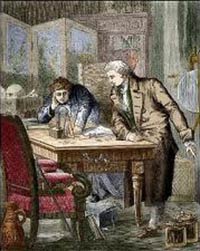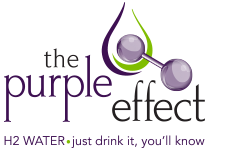History of H2 Water
Evolution of Water Ionizers
Early water ionizers produced one batch of water at a time which was a slow process. In 1979, flow through water ionizers were introduced. These ionizers changed the water as it flowed through the ionizer on demand. Flow through water ionizers became popular because of the convenience of having ionized water at the push of a button. During the last 40 years, significant advancements have been made. In 2007, Nature Medicine published a study showing that molecular hydrogen was a selective anti-oxidant targeting only oxidative radicals. In 2010, Synergy Science, Inc. developed the premier Echo® brand of water ionizers to produce the best water ionizer in its class. The focus was to produce the highest amount of H2, with no hassle or cost of maintenance. They also focused on improved filtration, an attractive look, ease of use, installation included, a Forever warranty, low monthly payments, and exceptional support and education. Understanding that most consumers did not want another appliance on their counter, Echo® developed the first ionizer that could be used above counter or below counter. A Echo® digital faucet (picture pg. 6) was developed to control the ionizer when installed under sink. The digital faucet has all the same controls as the ionizer has. You can even add the digital faucet later if needed.
History of Electrolyzed Reduced Water ...Ionized Water
The history of water electrolyzers or ionizers began in the year 1800. Anthony Carlisle, a surgeon in London, and William Nicholson (pictured) discovered electrolysis by passing a voltaic current through water, decomposing it into its constituent elements of hydrogen and oxygen (2H2O–> 2H2 + O2). In 1931, Dr. Machisue Suwa began researching the effects of electrolyzed reduced water on plants and animals to understand the health benefits. However, it wasn’t until 1952 that Dr. Suwa developed the first machine that produced electrolyzed reduced water. He called the water Synnohl Liquid. The water successfully improved rice cultivation by increasing the amount of rice and decreasing the amount of water needed to irrigate.

